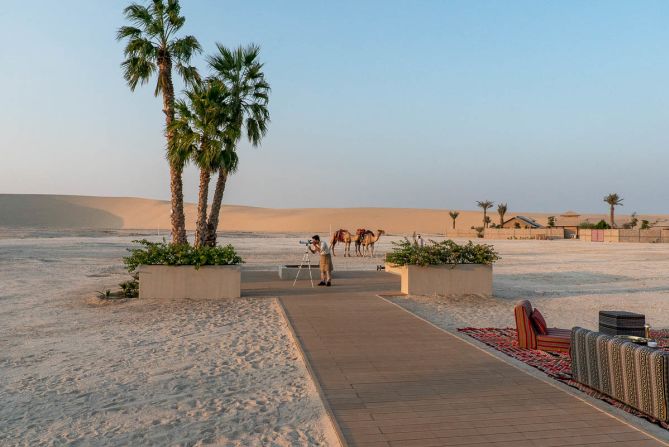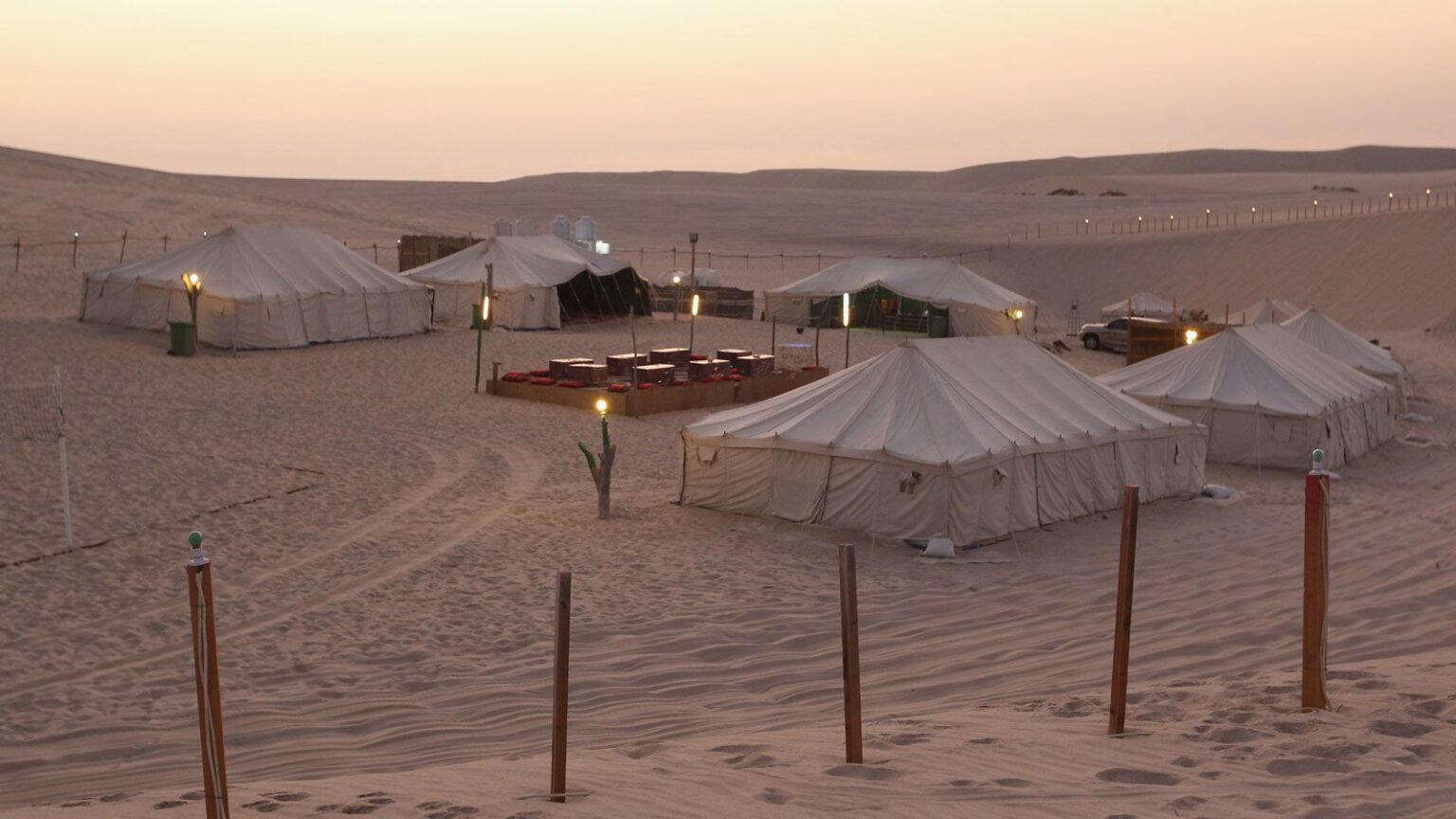In the heart of the desert, where heat is intense and water is often hard to find, Qatar has launched a groundbreaking project that promises to change lives. The country is testing a new way to produce clean drinking water—by pulling it straight from the air. This innovative method uses solar-powered atmospheric water generators (AWGs), and it’s already in the pilot stage.
This project, which is part of Qatar’s wider push for sustainability, aims to bring reliable drinking water to people living in remote desert camps. For those who face long journeys just to access clean water, this could be a life-changing solution.
A High-Tech Solution to a Basic Need
The new system is surprisingly simple yet smart. Solar panels power the machines, which pull moisture from the air—even in dry desert conditions—and turn it into drinkable water. These machines work quietly and without the need for electricity from the grid, making them perfect for isolated locations.
While the air in the desert may seem too dry to produce water, the technology can still extract humidity efficiently. The AWGs are designed to work even in Qatar’s extreme climate, which makes them suitable for desert camps and faraway communities that don’t have access to central water supplies.
This is not just about technology—it’s about meeting a basic human need. Clean water is essential, and with this solution, Qatar hopes to reduce water scarcity in its toughest environments.
Pilots Already Underway

The pilot project is being tested in several desert camps across Qatar. The aim is to see how well the machines perform under real-world conditions. So far, the results are promising. Each unit can produce enough water daily to serve the needs of several people.
Officials have reported positive feedback from early users, especially in areas where water has always been transported by trucks or stored in tanks under high heat. In contrast, the new system produces water on demand, ensuring freshness and safety.
As the testing continues, engineers are also working to improve the design and efficiency of the machines. If the pilot is successful, Qatar plans to expand the project to more remote locations and possibly even explore larger-scale versions for small towns.
Why It Matters
Qatar is a desert country with limited natural freshwater sources. Most of its water currently comes from energy-intensive desalination plants. These plants remove salt from seawater, but they require a lot of power and are not always suitable for remote or mobile setups like desert camps.
By using solar-powered AWGs, Qatar is creating a more flexible and sustainable way to deliver clean water. This aligns with the country’s long-term vision to protect the environment, reduce carbon emissions, and invest in green technologies.
In addition, the project supports Qatar’s efforts to increase its water security. In a region where water shortages are becoming more common due to climate change, finding new solutions is not just smart—it’s necessary.
Supporting a Greener Future
The use of solar energy is a key feature of the project. Each AWG is equipped with solar panels that provide the power needed to operate the system. This means the units can run in places with no electricity at all. It also makes the solution more eco-friendly, helping reduce the carbon footprint of water production.
By combining water generation and renewable energy, Qatar is showing how innovation can support both human needs and the planet. The approach also fits into the country’s larger sustainability goals, including those outlined in Qatar National Vision 2030.
The project could also open the door for similar solutions across the region. Many neighboring countries face similar challenges with water access in dry or isolated areas. If Qatar’s model proves successful, it could inspire more widespread use of water-from-air technologies throughout the Middle East.
Not Just for Emergencies

While the technology is currently being tested in desert camps, it has much broader potential. These water generators could be used in disaster zones, during emergencies, or in remote farming areas. They could even provide water for travelers, explorers, and those working in the desert.
Their portability and independence from external water or power systems make them highly adaptable. As the units become more affordable and efficient, they could play an even bigger role in future water supply strategies—not only in Qatar but globally.
Some experts believe that AWGs could one day be part of regular homes and businesses, helping people reduce their reliance on central water systems. This could help manage water demand, cut down on waste, and offer greater independence.
A Step Toward Water Security
This project may still be in the early stages, but it already shows what’s possible when innovation meets necessity. With water scarcity being a growing issue in many parts of the world, especially in desert climates, Qatar’s initiative offers real hope.
The success of this pilot could set an example for sustainable development, combining clean energy with life-saving access to water. It highlights how technology can be used to solve practical problems, especially in challenging environments.
Qatar’s approach also reflects a deeper understanding of how important water is—not just for survival, but for dignity, health, and comfort. The ability to produce clean drinking water from thin air might have once seemed like science fiction, but today, it’s becoming a reality.
Also read: Dubai to Launch AI Traffic Violation Prediction System



